Backwashing a Filter: How Often to Backwash a Pool Filter
To clean a filter and its contents, pool professionals use a technique known as “backwashing.” Pool filters get rid of things that float and make sure they don’t get back into the water. Draining out these pollutants, or backwashing a filter increases its efficiency and lengthens its lifespan.
Pool water flows through the filter medium (sand or DE powder, respectively), collecting oils, dirt, and other debris as it does so.
If water keeps going through your filter in the same direction, the filter medium will get clogged up and stop working. You can achieve a backwash by reversing the flow of water through the filter and out the drain or waste port. All the junk stuck in the filter dislodges and is easy to remove. This allows you to get your filtration system back to normal.
Filter Settings
These six options are the most common in a pool filter.
Drain/Waste:
Using the drain or waste option to get rid of pool water without forcing it through the filter
Rinse:
It helps clean the water inside the filter tank.
Backwash:
This gets rid of the buildup of dirt, debris, and other particles on the filter.
Filter:
This is the system’s default filter setting, and you can also use it to vacuum a pool.
Closed:
In this setting, you stop the water flow to the pool and its filtration. First, make sure the pump is off before you set this option.
Circulate, bypass, and recirculate:
It is necessary to use this setting when refilling the pool with water that does not need filtering.
When to Backwash Your Pool Filter
When compared to DE filters, which need backwashing every 4 to 6 weeks, sand filters need it every 2 to 4 weeks. If you are confused, you can always check the water quality in your pool or the filter pressure gauge.
Large things can get trapped in the filter during a storm, but with a good backwash, you can pull them out once the rain stops. Backwashing a filter can help you get rid of algae and cloudy water in addition to using an algaecide.
Benefits of backwashing a filter
You can get more use out of the DE or sand that cleans your pool water by backwashing a filter. The debris that has been building up in your pool’s filter will eventually cause it to get clogged, making it less good at its job.
It is best that you backwash the pool filter every couple of weeks. But the frequency will vary based on the filtering material you employ.
Water Clarity
A clogged filter may be to blame for your cloudy pool. Filter backwashing is an important part of maintaining a clear pool. It’s possible that chemical imbalances are to blame for cloudy water. But a simple backwash of the filter can solve the problem quickly and inexpensively.
Water Flow
If debris and dirt clog your filter, water will take longer to enter the pool. The water jets that force water back into your pool noticeably impact circulation.
Water Pressure
When you have a clogged pool filter or it is under stress from trying to do too much, the water pressure may increase. The ideal pressure for a pool filter is roughly 10 psi, while some systems allow for as much as 20 psi.
How to Backwash a Pool Filter
Pool filters eventually become clogged with debris from regular use, reducing their efficiency. You should activate the backwashing option to remove the debris. Read on for a detailed breakdown of backwashing a filter.
- First, make sure you switch off the electricity.
- Set the Multi-Port Valve Handle to the “backwash” position.
- Turn the power back on once you’re finished.
- You will hear the water whirling around before it drains away. You can tell the water’s clarity has improved after waiting around two minutes because of the shift in color. Once that occurs, turn off the system.
- The Multi-Port Valve Handle should be moved to the “Rinse” position.
- Restart and keep running at this speed for around 60 seconds. Now that the filter is empty, pour clean water into it.
- Put the Multi-Port Valve Handle in the “filter” position and turn off the power.
- After restoring power, the backwashing process is complete.
- In most cases, you should replace sand media filters every five years, while glass filters every ten years. But your filtration method will determine how often you should replace the filter. After around 18 months, you need to replace the filter element in a cartridge filter.
- If you stick to the above advice, you will be able to keep your pool’s filter clean. If you have trouble backwashing a filter, don’t be afraid to ask for help from a trained pool professional at Fox Pools.
Backwashing a filter- Conclusion
If you’re using a DE or sand filter to maintain the pool’s cleanliness, you can backwash it without help. Backwashing a filter usually involves the same steps, no matter what kind of filter you have. However, some models may have additional requirements. If you need help with any aspect of pool maintenance, including filter cleaning, inspections, leak detection, etc., Fox Pools is here to help.

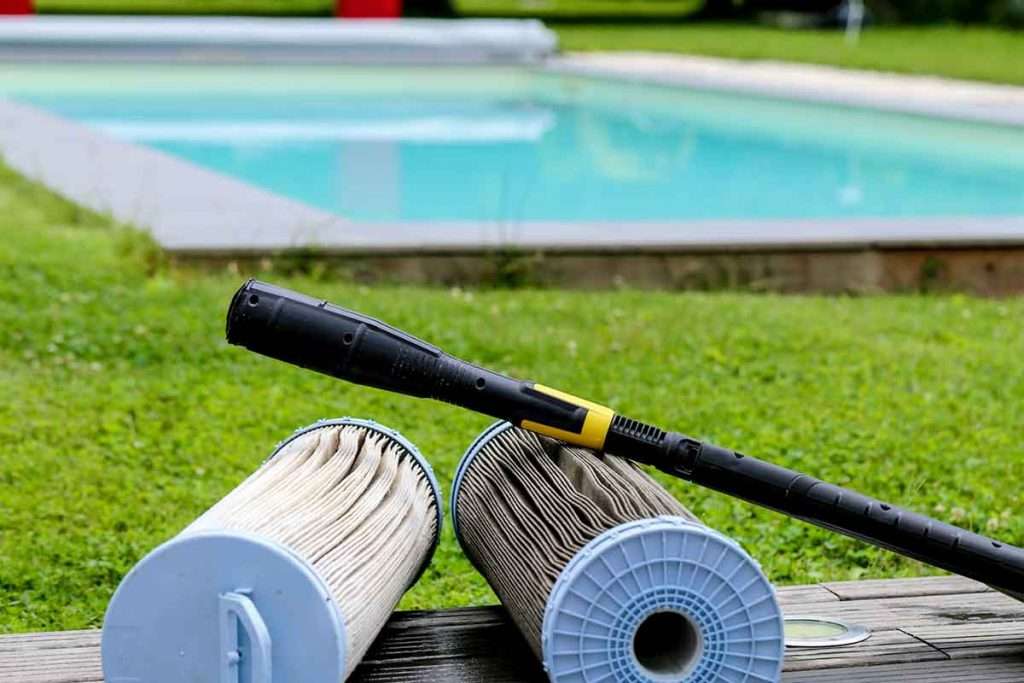




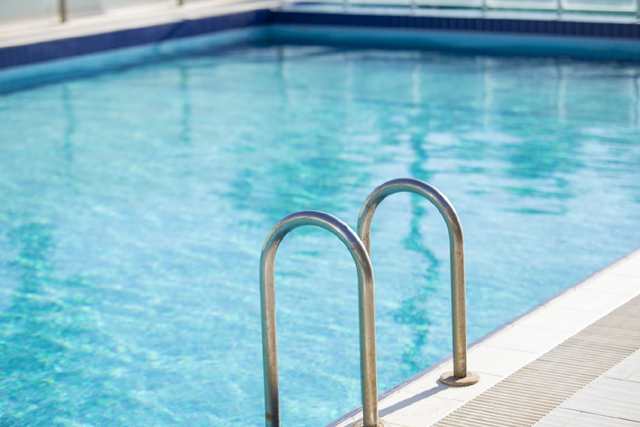
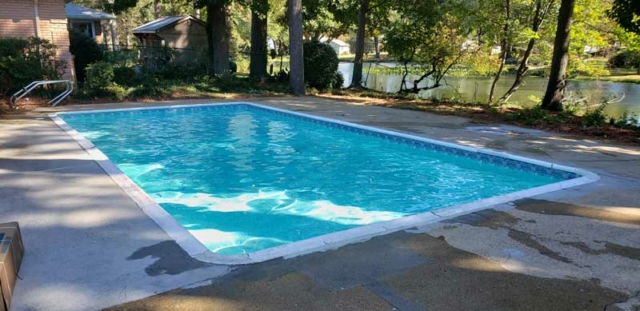
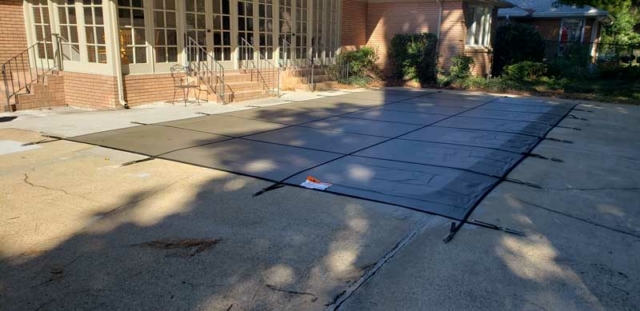

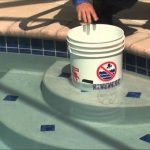

Leave a Reply
Want to join the discussion?Feel free to contribute!